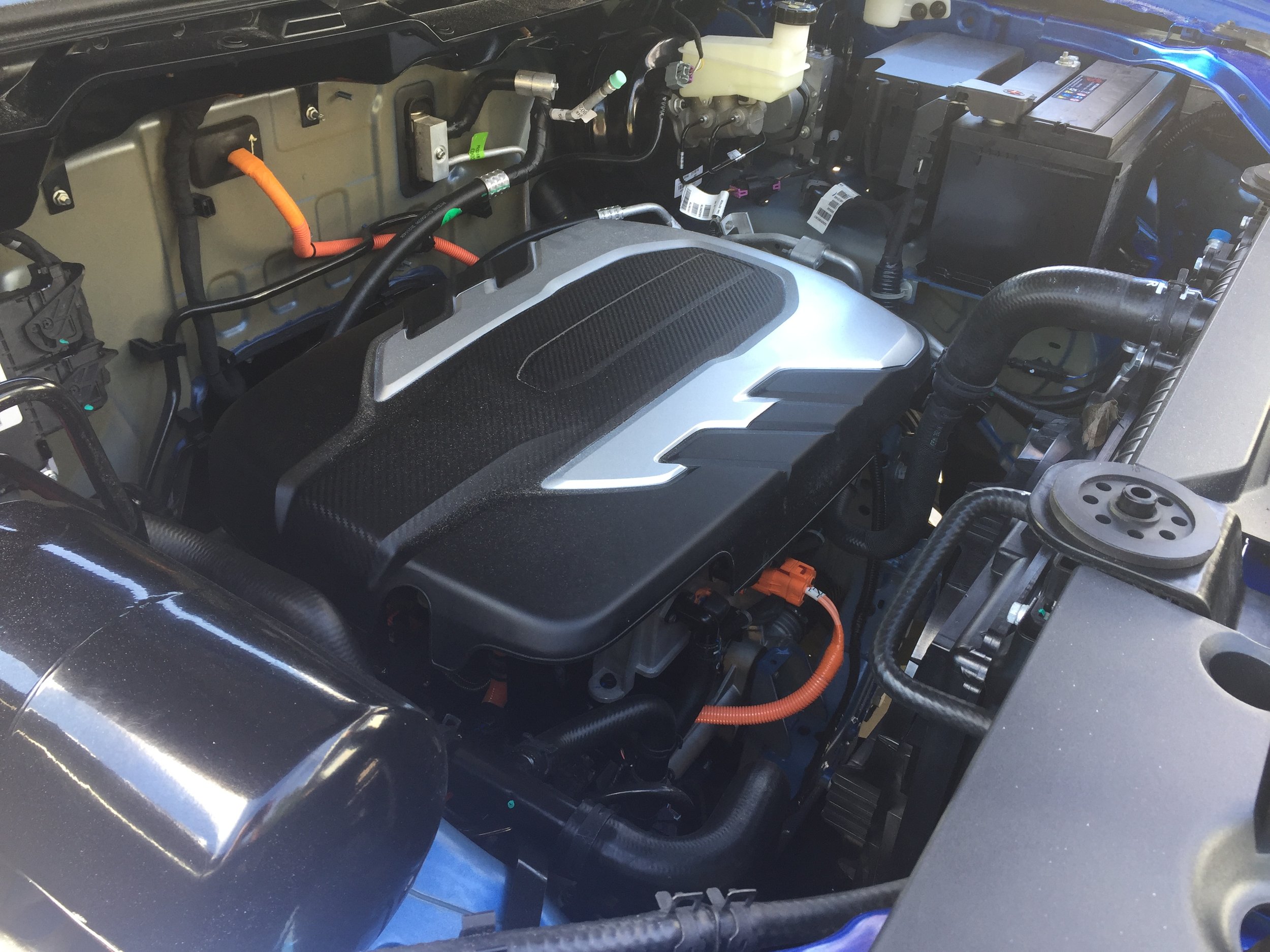LDV EV T60 first drive: Is this the electric ute NZ has been waiting for?
/Intent on being the first vehicle brand to offer an electric ute, with aim to get it in the market late this year, LDV has allowed us wheel time in its evaluation unit.
AS it silently cruised down State Highway One north of Taupo, I imagined I could hear Jacinda Ardern quietly breathing a sigh of relief in respect to the ute I was driving.
Last June our Prime Minister found herself in strife when, during debate over what constituted what she described as “legitimate” use of diesel and petrol utes - such as in the primary sector and trades but definitely not for private motoring in places such as Auckland - she claimed Toyota was looking to market electric utes within the next 12 to 24 months.
Toyota New Zealand moved quickly to correct her, saying there were no such plans. And the company further opined that it was irresponsible to suggest customers immediately stop buying non-electric vehicles until an electric option was available.
Ardern countered by saying she could have been clearer in what she said. And then told Parliament China’s LDV was looking to introduce an electric ute range within 12 to 24 months.
So why did I imagine the Prime Minister now breathing that sigh of relief? Because LDV’s distributor, Great Lake Motors, says it will have an electric ute on sale from the third quarter of this year.
It’s an EV version of the LDV T60 ute, familiar to this market in its 2.0-litre biturbo diesel four-wheel-drive format.
What will ute aficionados feel about a two-wheel drive edition, powered by a single permanent magnet synchronous motor fed by an 88.55kWh battery?
According to testing conducted to the WLTP procedure, EV T60 will have a range of 325km. But here’s the kicker – while it will be rated to carry up to 980kg and tow up to 1000kg, when towing that maximum weight, its range will be reduced by 50 percent.
While 162km will no doubt be a legitimate range for tradies and private owners in urban areas, particularly Auckland, it probably won’t be enough for users in isolated rural areas.
But despite that, arrival of New Zealand’s first-ever fully electric ute has to be regarded as an important occasion. This country’s ute market is huge, with more than 40,000 double cabs sold last year alone, so it’s obvious that this new electric T60 has all the potential to slot nicely into the action and enjoy plenty of sales.
Pricing will be important. LDV cannot say how much the EV T60 will cost, although they expect it to avail for less than $80,000, thus being eligible for the full $8625 EV rebate.
Production of right-hand-drive versions of the EV T60 is scheduled to begin in China during the third quarter of this year, and GLMD is confident that New Zealand will be among the very first markets to receive the ute. It appears set to start out in rear-drive and no-one locally could say if, and when, a four-wheel-drive might come.
My stint behind the wheel of the left-hand drive example here for demonstration involved driving along some of the secondary roads surrounding the Wairakei area – which I thought was rather appropriate given the amount of geothermal electricity generated there – and then down SH1 towards Taupo.
From the outside the EV T60 looks pretty much the same as the diesel model, save for a few minor differences such as wheel and tyre size, and EV badging. The interior is considerable different however, the look is a lot cleaner, particularly at the centre console where a simple gear selector dial replaces the traditional gearshift.
The instrument cluster has analogue dials displaying speed, power and the all-important information on remaining battery charge. I quite liked that – right in front of me was a number advising that I still had more than 200km of range remaining, slowly counting down.
The screen also told me what drive mode I was in. There are three – Normal, Power and Eco – and during the short time I drove the ute I found each makes a difference.
At this early stage we don’t know what level of specification will be carried in the ute, but this ‘pilot’ model was pretty much loaded, the specification including such things as a six-way adjustable driver’s seat, leather seats, black interior treatment, and all the driver and safety aids.
The ute’s electric motor develops 130kW of power and 310Nm of torque. That’s considerably less than the 160kW/480Nm offered by the bi-turbo turbo, though in typical EV fashion the torque is instantly available for good acceleration.
The drive felt just like any ute drive; a little bouncy at times with nothing loaded, but comfortable all the same. And exceedingly quiet, with that EV whirr at takeoff and nothing much else.
Shanghai Automotive Industries Corporation, of which LDV is a division, holds a 25 percent share of the Chinese domestic market with sales last year approaching 5.6 million vehicles. Many of these vehicles are electric, as China works to both reduce urban car pollution, and improve its energy security by reducing its dependence on imported oil.
The corporation is also looking outward, playing a major role in China’s position as a leader in global EV sales. Last year China sold 3.3 million EVs, well ahead of Europe’s 2.1 million and USA’s 500,000.
New Zealand’s contribution to this total is a pittance. But importantly, China’s rapid development of a wide range of plug-in vehicles is resulting in the expansion of EV choice for Kiwis motorists.
There’s strong indication 4WD is likely and , with the D90 sports utility being on a common platform, perhaps it could be a candidate as well.
All another step in the direction of cleaner motoring.



















